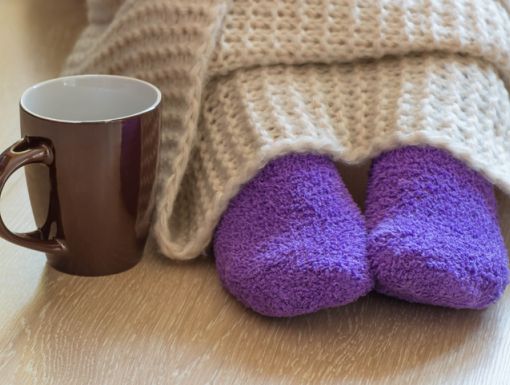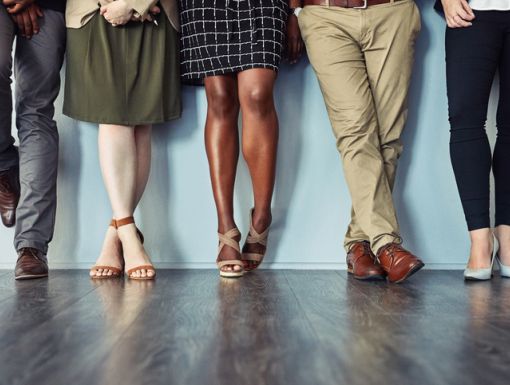
What Is Athlete's Foot?
Don’t be fooled by the nonmedical term for tinea pedis. You can be as clumsy as an ostrich and still get athlete’s foot.
A contagious nuisance, athlete’s foot is an infection of the skin and feet caused by fungi. Although tinea pedis can affect any portion of the foot, it most often appears in the space between the toes. Athlete’s foot is typically characterized by skin fissures or an itchy, scaly rash. However, athlete’s foot can be as inconspicuous as the appearance of dry skin to the soles of the feet
Athlete's foot affects up to 15% of the population, according to the National Library of Medicine. Men are more often affected than women.
While it’s not considered serious, athlete’s foot can be bothersome and hard to cure. It’s important to treat it as soon as it surfaces.
Causes, symptoms and prevention
Tinea pedis is typically caused by dermatophytes, the same type of fungi that causes ringworm and jock itch. These organisms exist harmlessly on human skin. If the skin remains dry and clean, their reproduction is limited. However, they multiply rapidly under damp and warm conditions and can develop into athlete’s foot.
Medical professionals began diagnosing tinea pedis in significant numbers in the early 1900s as closed-in shoes, health clubs and exercise became more popular. It got the name athlete’s foot because it can affect people whose feet become damp and sweaty while confined within tight fitting shoes, which is often the case with athletes.
Athlete's foot is contagious and can spread through contact with an infected person or from contact with contaminated surfaces. Because the fungi thrive in warm, wet places, walking barefoot in locker rooms, communal showers, public pools areas and other such places can lead to athlete’s foot.
The skin on our feet also contains a protein called keratin. The fungi feed on this.
Particularly common between the little toe and the toe next to it, athlete’s foot can cause the skin to redden and crack. The affected areas can become flaky and itchy. The skin can also thicken, turn white and become slightly swollen. In severe cases, athlete’s foot can cause blisters, pustules and/or open sores.
To reduce the chance of catching athlete’s foot, the American Academy of Dermatology recommends that you take the following precautions:
- Wear shower shoes, flip-flops, or sandals when walking around pools, gyms, shower or locker areas, and hotel rooms. The fungus that causes athlete’s foot may be on the floor. Even when taking a shower in a gym, it is important to wear shower shoes or flip flops.
- Even if you have not gone barefoot in public areas, keep your feet dry. This fungus thrives in warm, moist areas such as the one created inside hot, sweaty shoes. Wearing sandals or flip-flops helps when it’s hot outside. Shoes that are made from synthetic materials like plastic and rubber are more likely to cause sweating.
- Wash your feet every day with soap and completely dry them after washing.
- Wear socks made of natural fabrics or fabrics that dry quickly or wick moisture away from the skin. Also, be sure to change your socks every day and more often when your socks get wet.
- Alternate the shoes you wear each day, if possible, to ensure shoes are dry when they are put on.
- If you live with someone who has athlete’s foot, don’t share towels, linens, or shoes. Wear shoes in areas where infected feet have been.
Treatment
In most cases, those with athlete’s foot symptoms do not need to see a doctor. The condition can often be treated effectively with over-the-counter creams, gels or sprays twice daily for 6-8 weeks. Many of these products contain an ingredient that stops the growth of the fungus or kills it.
If symptoms are severe or if topical medicines don’t work, a doctor may prescribe oral medications such as Griseofulvin or Terbinafine.
Although athlete’s foot symptoms tend to be mild, and complications are rare, experts recommend prompt treatment. Early treatment can stomp out any chance of complications.
Learn more about podiatrist Nneka Meka, DPM.



